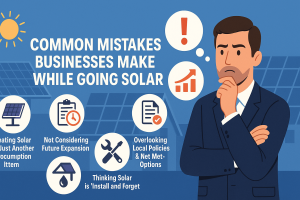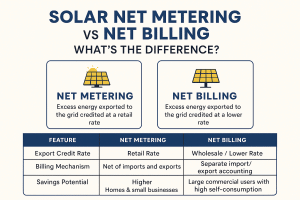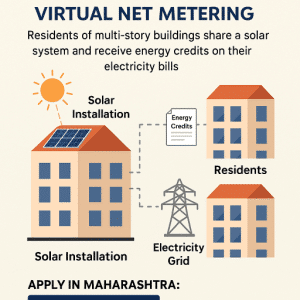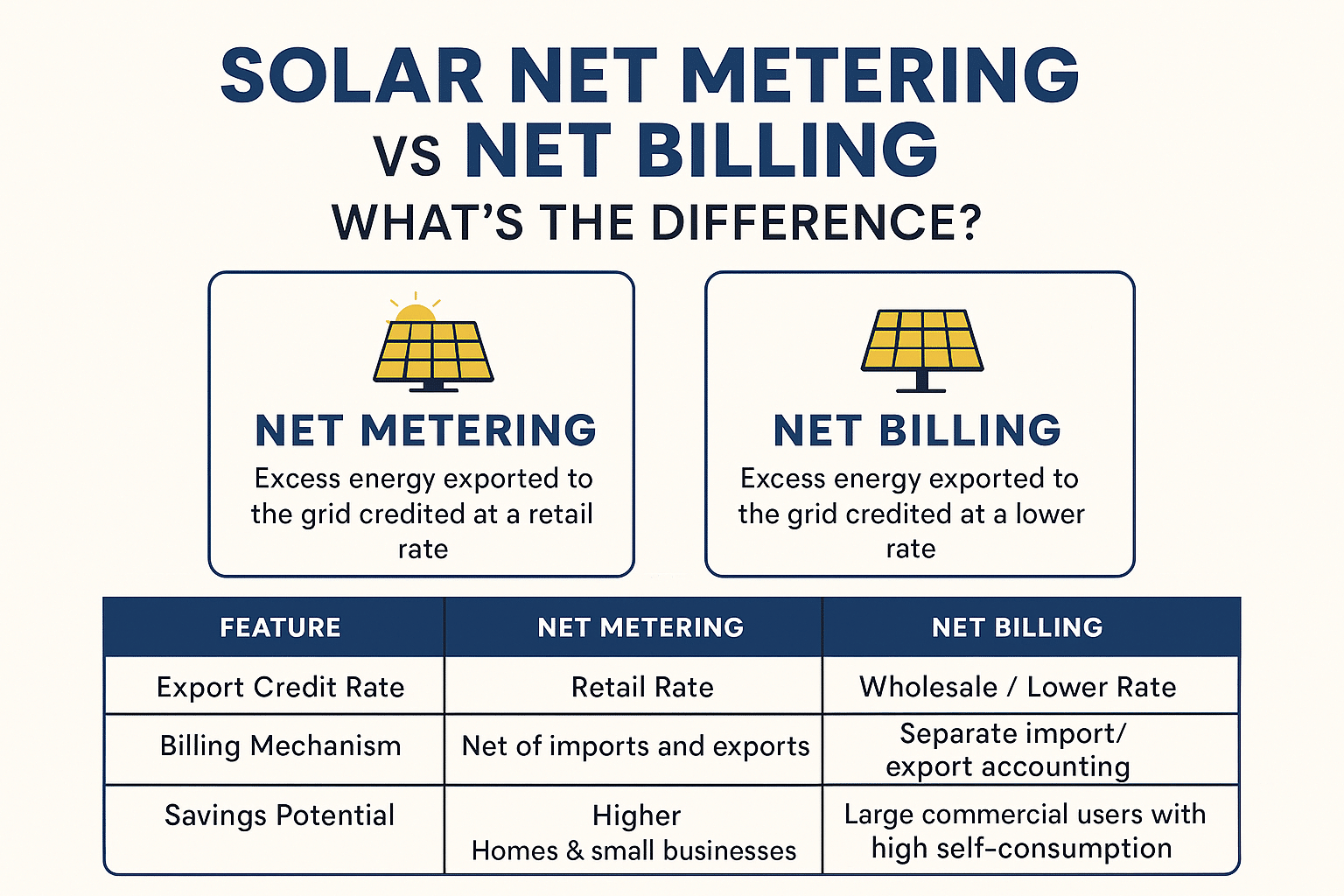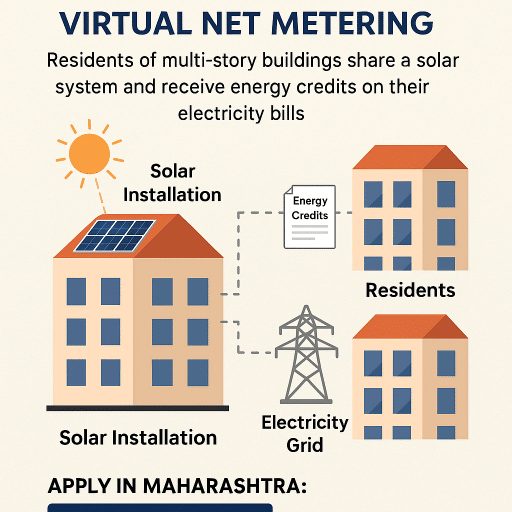Switching to solar energy can be one of the smartest decisions a business makes — offering long-term savings, energy independence, and a greener brand image. But despite its benefits, many businesses stumble on the path to solar adoption due to avoidable mistakes.
As someone who’s worked closely with solar deployments across rooftops, schools, industries, and commercial buildings, I’ve seen patterns emerge. Here are the top mistakes businesses make while going solar — and what you should do instead.
❌ Mistake #1: Treating Solar as Just Another Procurement Item
What Happens: Businesses often select solar vendors based purely on the lowest upfront cost, overlooking design quality, service terms, and system longevity.
✅ What to Do Instead:
Treat solar as a long-term infrastructure investment. Evaluate vendors on parameters like:
-
Engineering design quality (panel orientation, inverter specs, shading analysis)
-
Warranty and O&M support
-
References from similar past installations
A cheaper system with poor performance can cost more over time than a slightly more expensive, efficient setup.
❌ Mistake #2: Ignoring Energy Consumption Patterns
What Happens: Companies install solar systems without a deep dive into their load profile — resulting in overproduction (waste) or underperformance (missed savings).
✅ What to Do Instead:
Start with a data-driven audit of your energy use. Tools like smart meters, IoT-based load analytics, or even your past electricity bills can guide accurate system sizing. Right-sizing ensures you maximize ROI and efficiency.
❌ Mistake #3: Not Considering Future Expansion
What Happens: Businesses install a system that suits their current needs, but when operations scale, they hit limits in capacity or structure.
✅ What to Do Instead:
Design your solar setup with modularity and future energy needs in mind. It’s easier and more cost-effective to scale up if your system is planned that way from day one.
❌ Mistake #4: Overlooking Local Policies & Net Metering Options
What Happens: Many businesses install systems without aligning with state regulations or applying for net metering in time, leading to delays or lost financial incentives.
✅ What to Do Instead:
Consult an expert who understands local policy frameworks, DISCOM regulations, and utility application timelines. Some states offer Virtual Net Metering, others allow group captive models — aligning with the right scheme can boost savings.
❌ Mistake #5: Thinking Solar Is “Install and Forget”
What Happens: Post-installation, no one monitors the system’s generation, health, or efficiency — until something breaks or the electricity bill shows no reduction.
✅ What to Do Instead:
Invest in a remote monitoring platform. Modern solar systems come with analytics dashboards that track generation, cleaning schedules, inverter issues, and more. Preventive maintenance is key to 20+ years of optimal performance.
❌ Mistake #6: Ignoring Roof Structure and Waterproofing
What Happens: Poor mounting systems and hasty installations lead to roof leakages or structural issues.
✅ What to Do Instead:
Get a structural assessment before installation. Choose mounting systems that are customized to your roof type and ensure proper waterproofing seals are applied. A well-installed solar system should strengthen, not damage, your building.
Wrapping Up
Solar energy is a powerful tool — but like any tool, it needs to be used wisely. The right approach can turn your rooftop or land into a high-performing energy asset.
Avoiding the pitfalls mentioned above can help you unlock not just savings, but also enhance your business’s resilience, ESG profile, and long-term value.
If you’re planning a solar project or want help assessing your options, feel free to connect or drop a message. Let’s ensure your transition to solar is smart, seamless, and scalable.
🔗 #SolarEnergy #Sustainability #RooftopSolar #GreenBusiness #NetMetering #RenewableEnergy #SolarForBusiness #SmartEnergy


